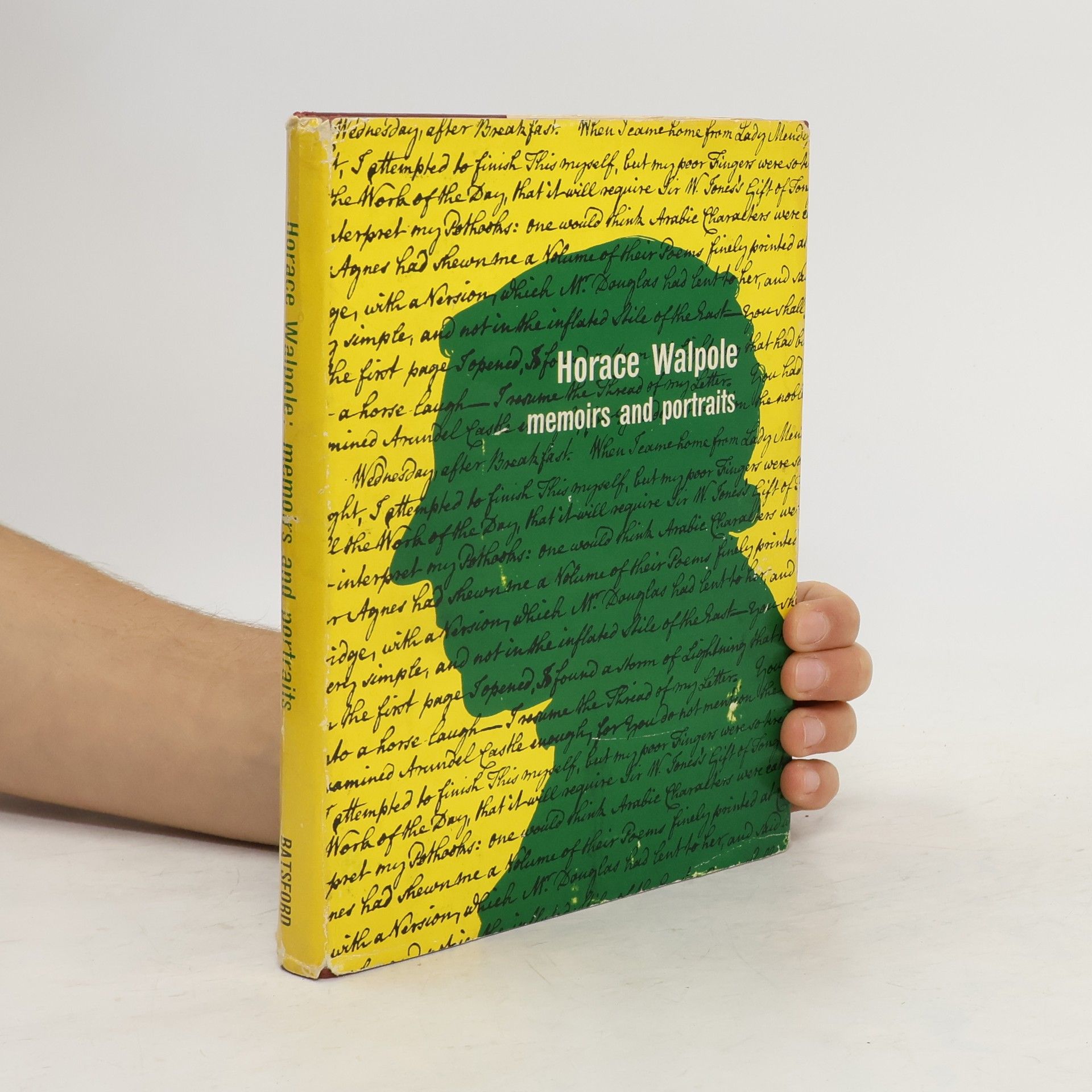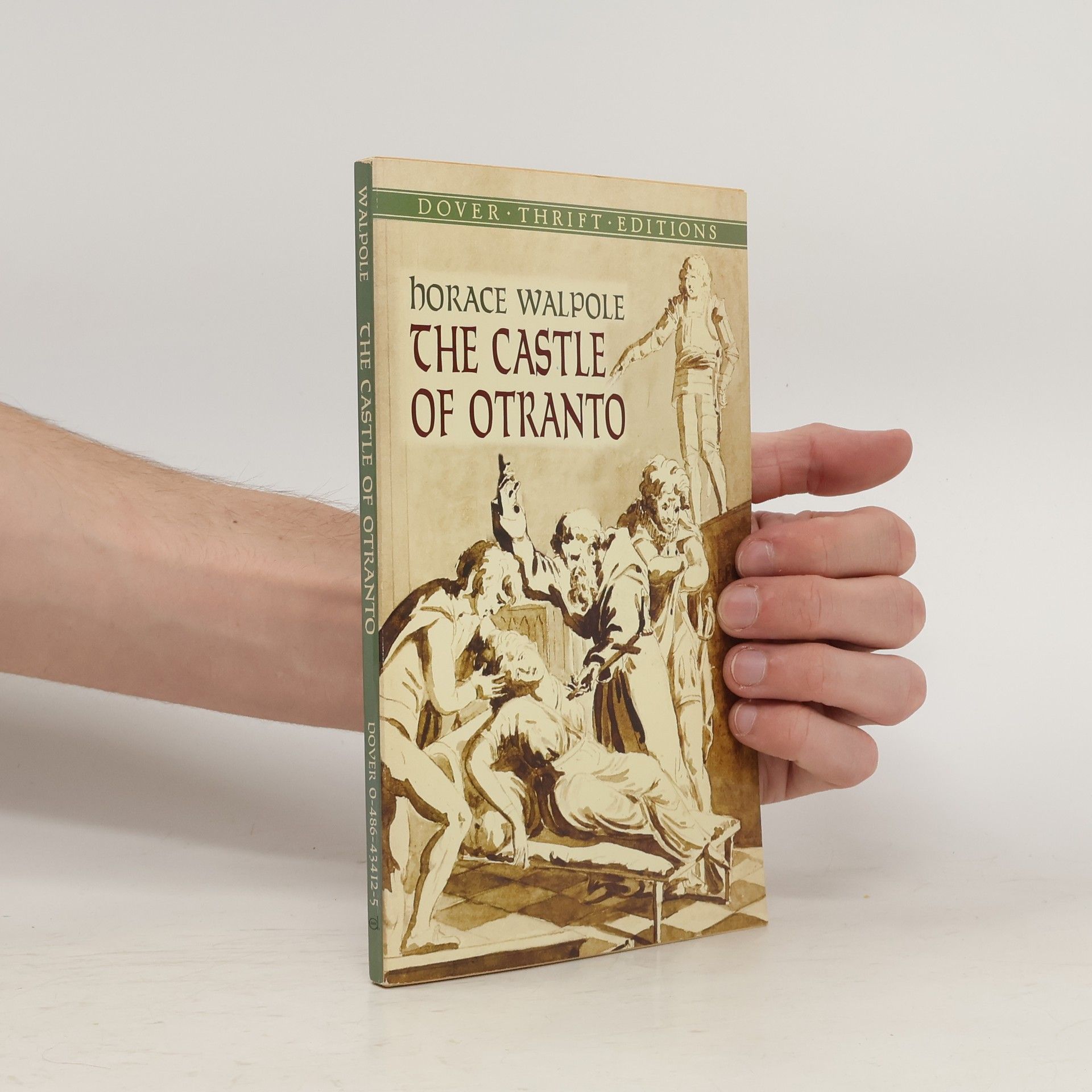Gothic Classics: The Castle of Otranto and The Old English Baron
- 320pages
- 12 heures de lecture
Manfred, the lord of the castle of Otranto, has long lived in dread of an ancient prophecy: it's foretold that when his family line ends, the true owner of the castle will appear and claim it. In a desperate bid to keep the castle, Manfred plans to coerce a young woman named Isabella into marrying him. Isabella refuses to yield to Manfred's reprehensible plan. But once she escapes into the depths of the castle, it becomes clear that Manfred isn't the only threat. As Isabelle loses herself in the seemingly endless hallways below, voices reverberate from the walls and specters wander through the dungeons. Otranto appears to be alive, and it's seeking revenge for the sins of the past.



